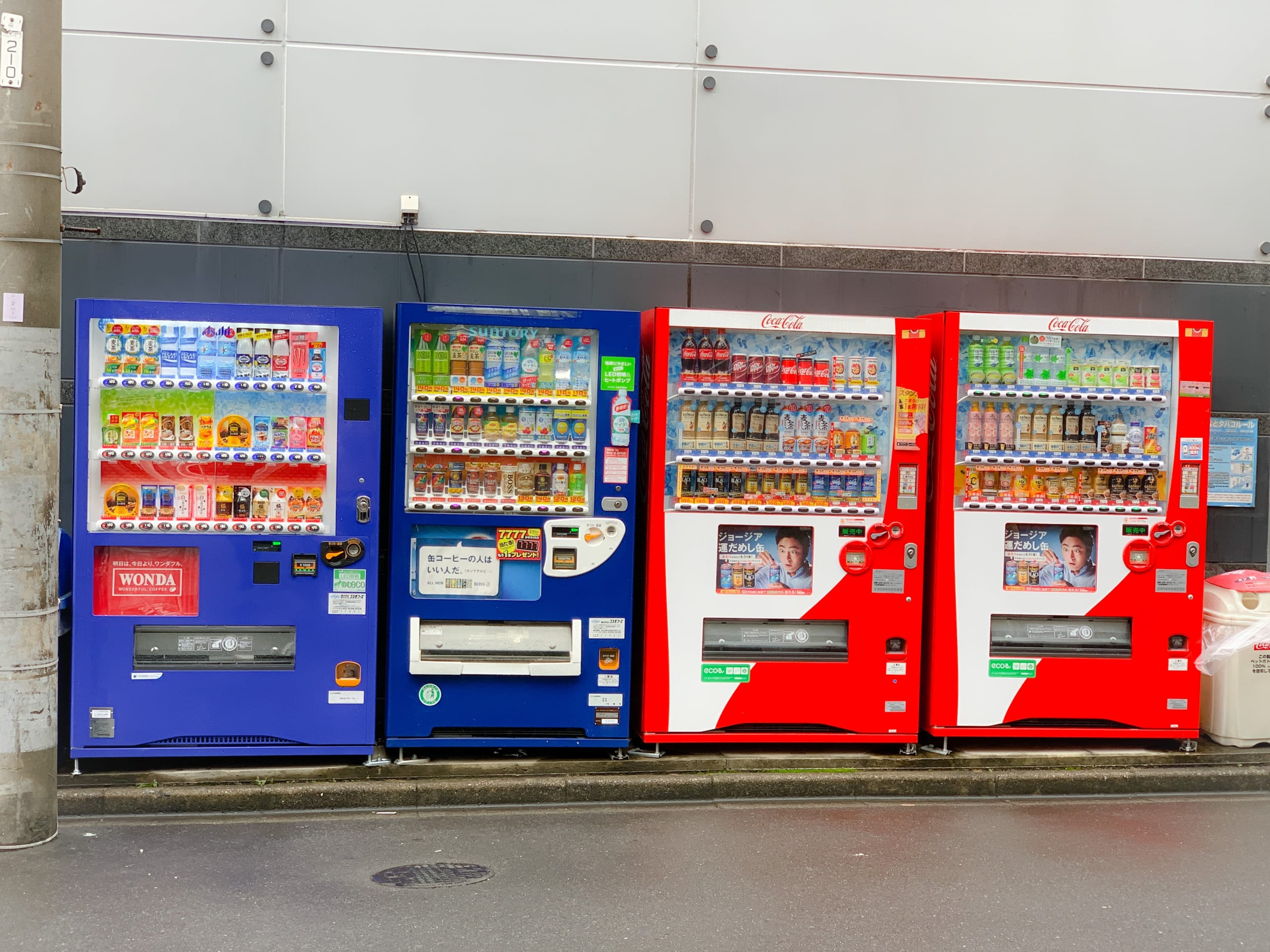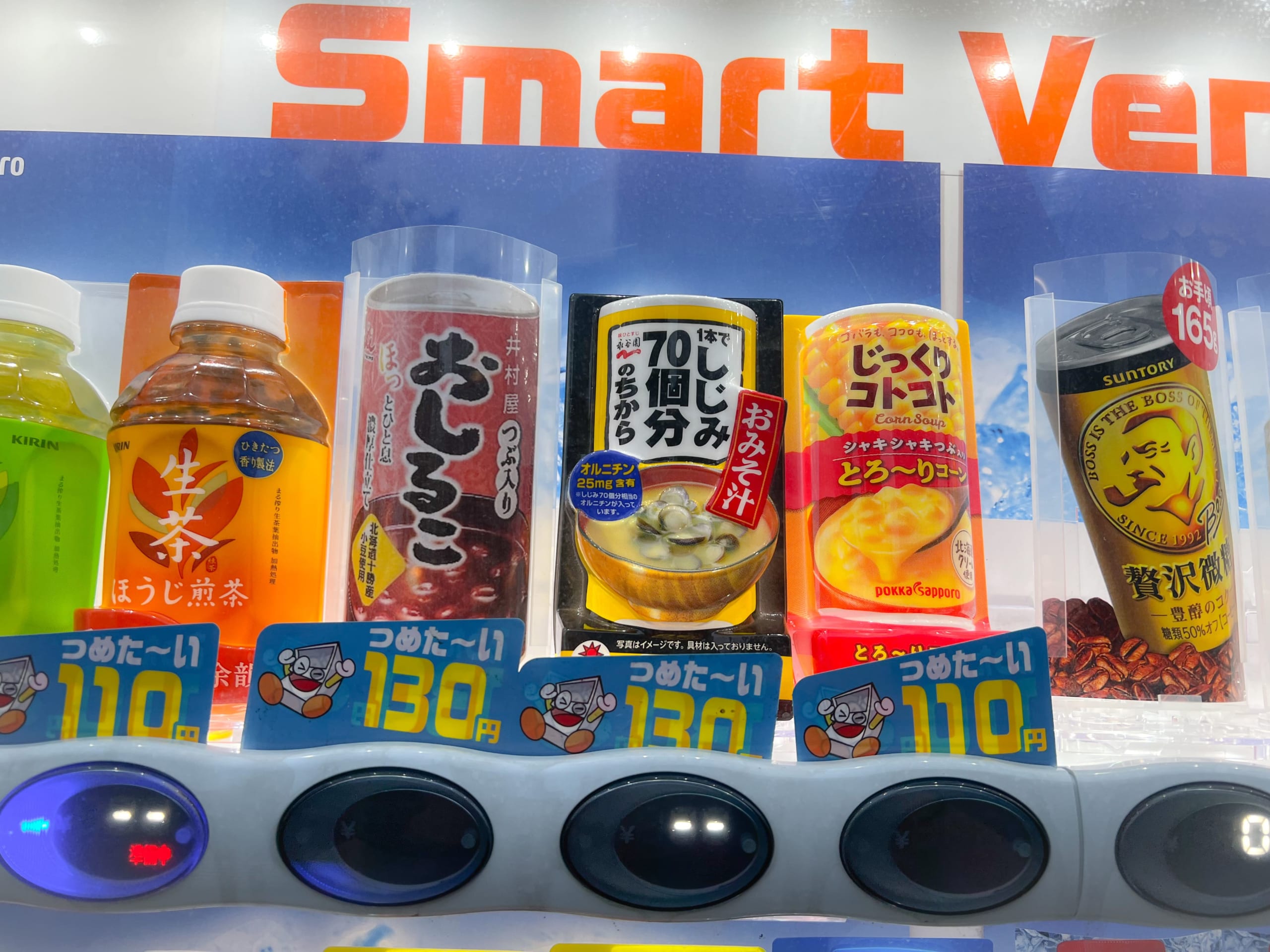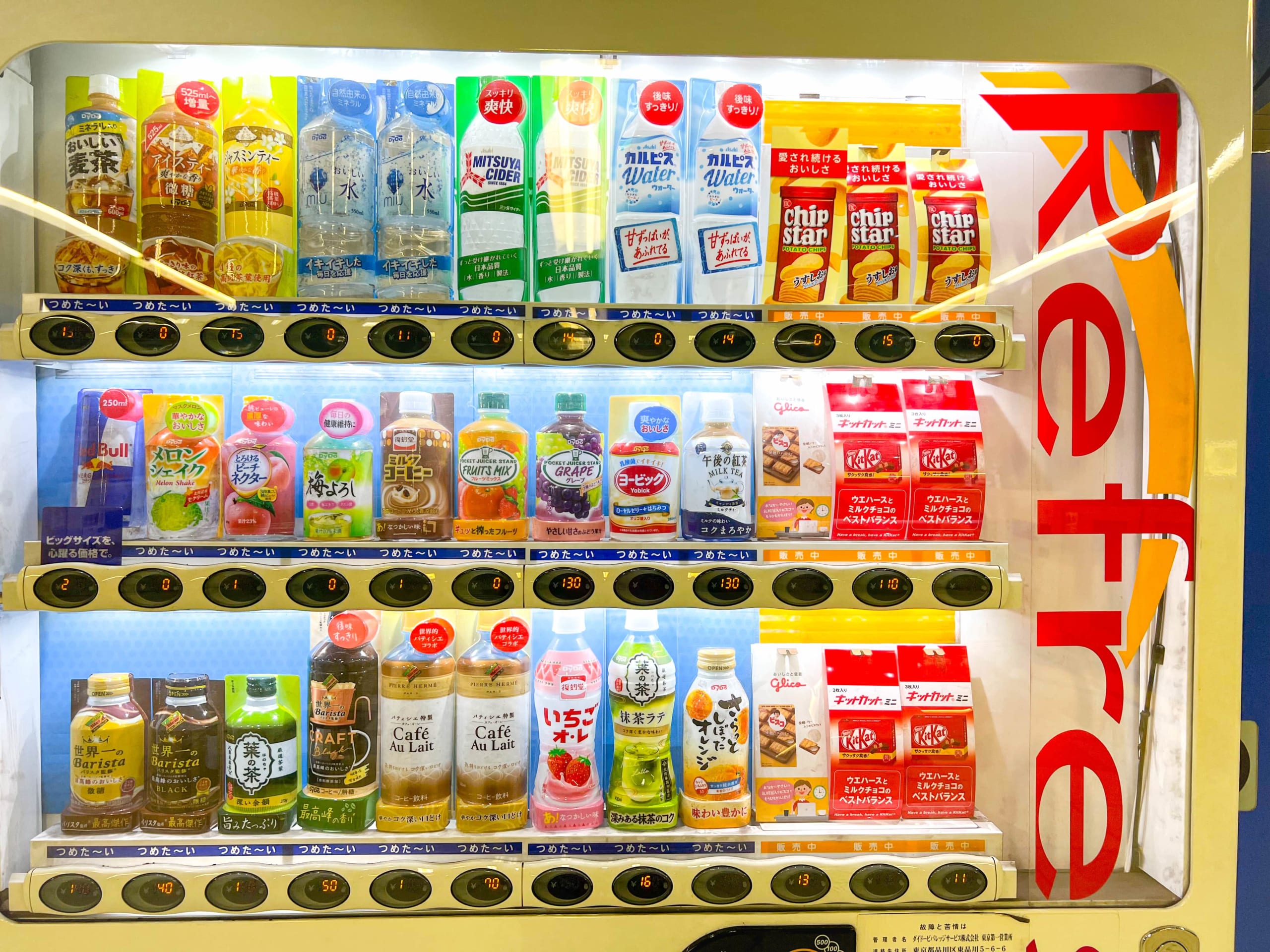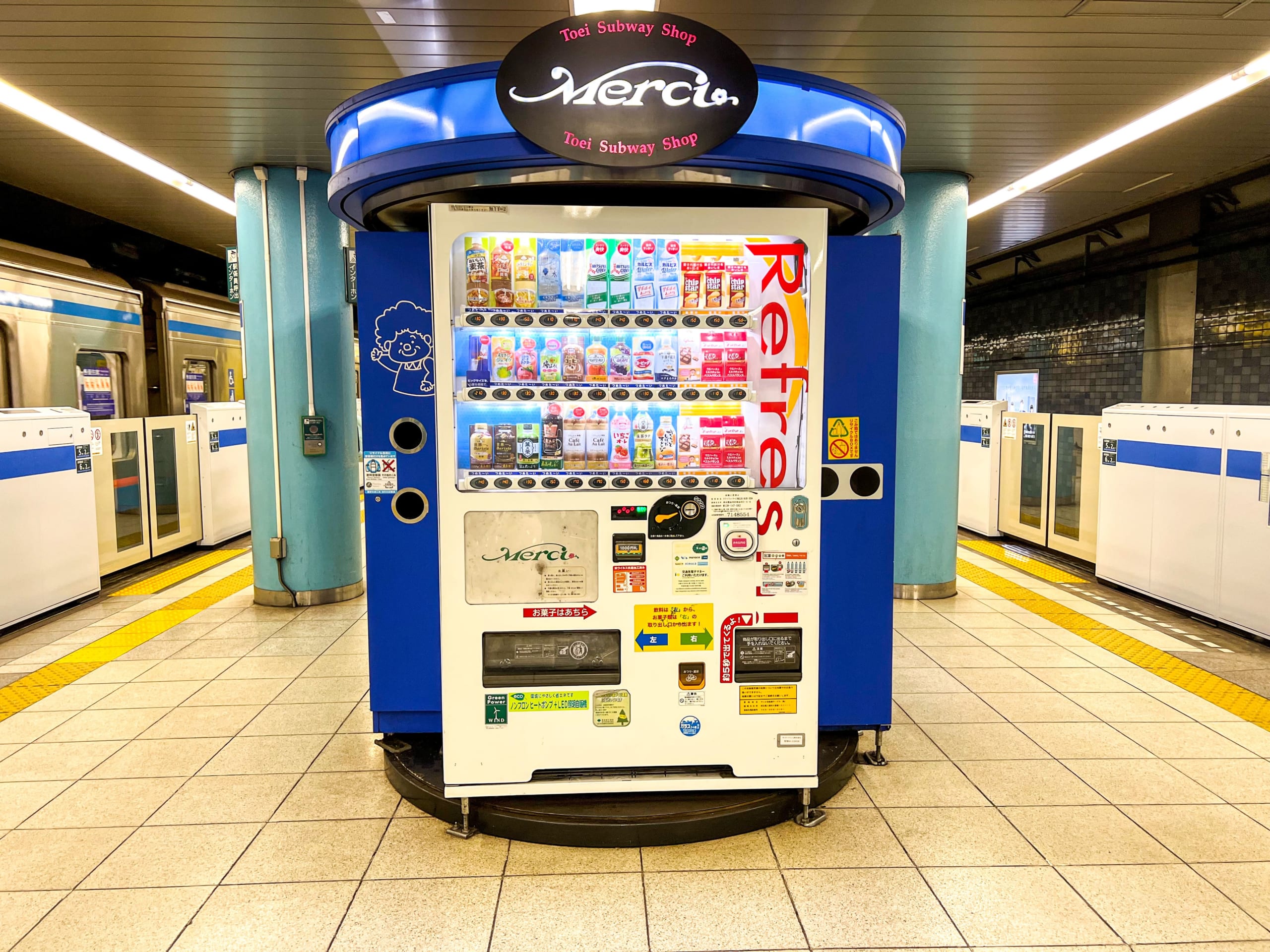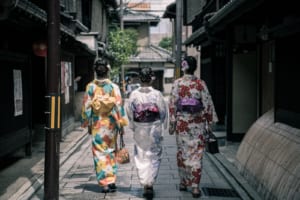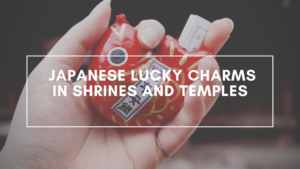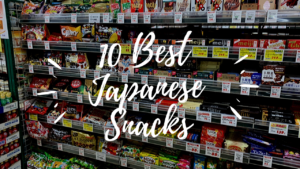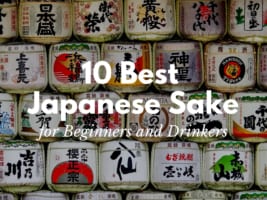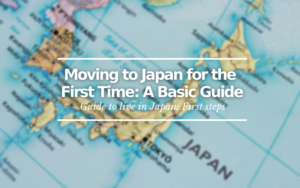Vending Machines in Japan
Japan, the country with more than 4 million vending machines
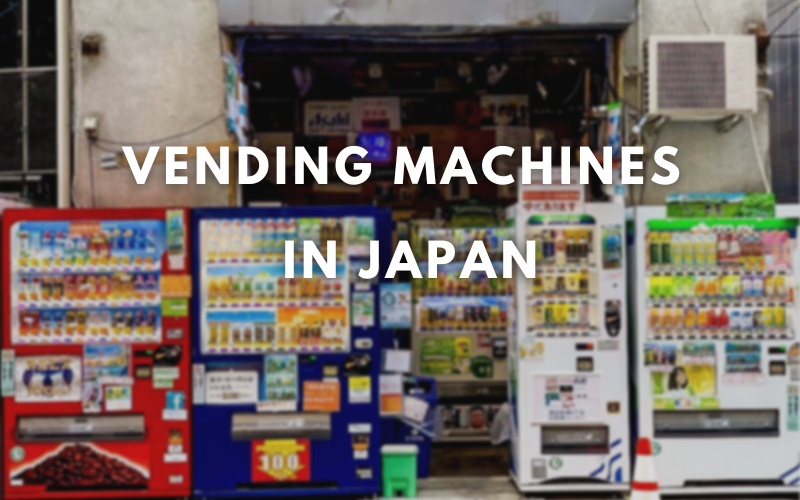
One of the things that undoubtedly attracts the attention of foreigners the first time they arrive in Japan, especially in Tokyo, is the large number of vending machines everywhere. It’s not that vending machines exist only in Japan or were invented here. In fact, the first vending machine dates back a long time. And to a greater or lesser extent, almost every country in the world has vending machines. But as I say, what is surprising is how many of them there are. There are over 4 million vending machines around Japan, of which more than 2 million are vending machines for selling drinks.
I remember that one of the things that caught my attention my first days in Tokyo was that in many occasions there were 2-3 vending machines together, and in all of them the drinks were similar so my head thought, wouldn’t only one be enough? I also remember very well my surprise the first time I went on a trip to Nikko and inside the Toshogu shrine I climbed up some pretty big stairs to the highest point of the shrine, and when I got there, I found a vending machine there. After that, I got used to seeing vending machines everywhere out of the “normal” (hiking in the mountains, in almost uninhabited areas, etc).
So vending machines are a thing in Japan and today I would like to tell you a little bit about them! What they are like, why they are so popular, etc.
What Vending Machines are Like in Japan
Once you get used to seeing vending machines everywhere, and start paying more attention to what they contain, the second surprise comes. Although most of the beverages are mainly water, coffee and sodas/juices, some machines sell things you wouldn’t expect like corn or sweet bean or clam soup, shrimp broth, or even Indian curry!
Another thing I discovered once winter arrived is that the vending machines here also sell hot drinks. Not only coffee, but the soups I mentioned above can also be drunk hot in winter!
As we have said, almost more than half of the vending machines in Japan sell drinks, but the other half sell a variety of things. I would say that after drinks, the second most sold thing is food, especially ice cream or snacks. But there are also some very interesting ones that I didn’t expect to find either. For example, frozen ramen are gyoza vending machines have recently come out in Tokyo, although it’s not something new since there were already cup ramen vending machines. Or a few years ago fruit vending machines became quite a trend, especially bananas, sachets of pineapple or chopped apples. And some machine owners choose to sell both drinks and snacks.
And of course we must not forget the tobacco vending machines. In Japan the percentage of smokers is very high. Therefore it’s also very common to see this type of machines. But I must admit that finding these machines, along with those that sell alcoholic beverages (very common for example in hotels) made me strange because in Japan drinking alcohol and smoking is forbidden to minors, but in these machines there is no one who controls whether the person who buys is of legal age or not.
Why are There so Many Vending Machines in Japan?
One of the legitimate questions many of you may be asking is, why are there so many vending machines in Japan? This is usually attributed to several factors. For one, the fact that Japan is a mostly safe country and therefore even if you put a machine in a low-traffic area, no one is going to break it or damage it. On the other hand, in Japan anyone can own a vending machine.
In the beginning, stores or business (like hotels) that wanted to install a vending machine only had the option to buy a whole vending machine, which was pretty expensive. As a result, the sales didn’t went well. So vending machine manufactures came with an idea that skyrocketed its sales and popularity to unanticipated levels. They started to lend the machines free or charge. Anyone can lend a vending machine, only by calling to one of the manufactures companies and paying the installation free (that is not too much expensive). The company will take care of all the maintenance and refilling of products, and the owner of the vending machine would have part of the benefits. This allows them to earn some extra income, which is always a good thing.
In the case of cities such as Tokyo or Osaka the popularity of the vending machines is also often related to the salary man (salaried workers). It isn’t new that in Japan, working hours are very long. Many people tend to rush to work with almost no time to stop. At peak hours (office entrance or noon break, etc) the conbini usually have quite a long queue of people waiting, and some workers don’t have that time. So it’s much easier and faster to just stop for a second at a beverage machine and buy your coffee before starting work. Some office buildings even have a drink vending machine at the entrance of the building, which makes it perfect for those workers who are running short on time.
Finally, some point out that one of the reasons is their price: in its most popular era, all drinks from vending machines cost 100 yen which is reasonably cheap and tempting: it’s a round number and you can buy it with a single coin. Over time some machines were adapted and it was also possible to buy with the famous e-money cards like the suica or pasmo (usually used to pay for transportation but also in convenience store or supermarkets). In the last couple of years especially young people have quickly switched to electronic payments, such as Pay Pay, LINE Pay or Rakuten Pay, and vending machine manufacturers have also adapted and incorporated these new payment methods in some of their machines. This makes shopping at one of these machines even easier and more tempting: you only need to bring your mobile phone or Suica card close to the machine.
How to Use a Vending Machine in Japan
Using vending machines in Japan is not much of a mystery as it’s the same as in other countries. You introduce the money, select what you want and that’s it. To pay with IC cards or electronically is the reverse process, first select the product and then bring the card or device (mobile, Appel watch, etc) to the card reader.
The only that you have to be careful (especially in winter) is if you want the drink hot or cold. Cold drinks are usually marked in blue and have つめたい (cold in Japanese), while hot drinks are usually marked in red and have あたたかい (hot in Japanese).
In Japan there are hardly any trash cans, so either you carry the can all the way to your house or hotel, or usually next to the vending machines there’s a container for cans and bottles, so many people have their drinks standing near the machine and then throw it in the garbage can.
And that’s all! For more interesting things about Japan, check these articles too!
▽Related Articles▽
▼Editor’s Picks▼
Written by
From Barcelona to Tokyo. Coffee & Adventure lover.
I started to like Japan because of the anime, music and dramas, but after my first trip to the country I found what I love the most: traveling around, the culture and history. I have travelled a lot in Japan, but I still have many places to discover that I want to share with you. Let’s discover Japan together!
Also, as a foreigner living in Japan for over 6 years I understand what kind of things are difficult when you move here and I want to help other people in the same situation that I have in the past.





